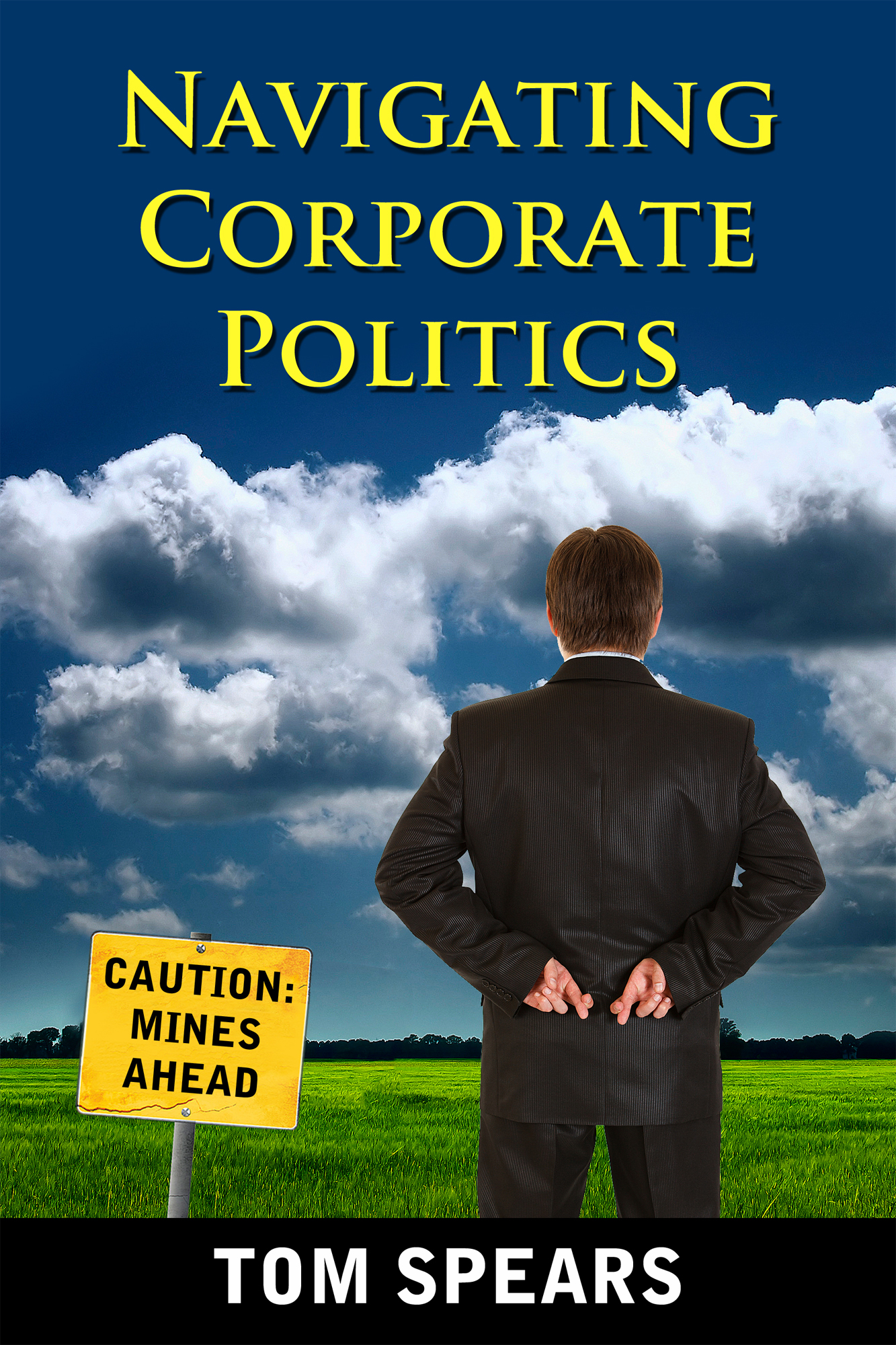Groupthink is a disease that afflicts people in many areas of life, but it might be more common in business than anywhere else. Strictly speaking, Groupthink is the unwillingness or inability to challenge the thinking of the group. It tends to narrow down intellectual exploration of an issue/problem and limits the available options. And while there can be some advantages to Groupthink in speed of decision making and the ability to marshal people behind an accepted plan of attack, it is likely to lead to blind spots and sometimes even fatal errors.
Probably the most common way I've seen Groupthink manifest itself in businesses is in a series of rules of thumb that steer decision-making in the organization. These rules can often be detected by listening for statements which start with phrases like:
"...we tried that once and..."
“…that doesn’t work here.”
“…nobody will thank you for bringing that up…”
Preconceived notions
In a somewhat absurd example of Groupthink, one of my employers had an entire staff of analysts devoted to picking apart data, spotting trends, and keeping senior management informed.
Except once the CEO of the company had weighed on a subject, the “analysis” quickly ended and the “justification” phase began.
The CEO of the company was a high-profile person who was quite confident in his own perceptiveness. As a result, he had a bad habit of getting out in front of the analysts and making wild assertions. Once such a statement had been made it became our job to “prove” what he had said was correct. We would often joke that we needed to “make a chart that said… (some specific conclusion)” or “massage the data until… (the answer came back where the big boss wanted it).”
The idea of challenging this entire process never seriously occurred to any of us. There was no upside in doing so. In fact, there was absolutely no upside to disagreeing with the CEO at any time.
You can see where this kind of Groupthink could result in a few blind spots.
Pluses and Minuses
The weird thing about Groupthink -- sometimes it's right and it makes sense. It shortcuts debate, speeding you a faster decision. It gets actions in motion quicker. And it feels… natural. Normal. Comfortable.
Other times, it can be deadly. Groupthink can be a major contributor to missed market trends, tired and ineffective strategies, and success mythologies that no longer have any root in reality.
In organizations with a long history of Groupthink, you often find unwritten rules of thumb that codify the results of years of Groupthink. And while it would probably be the healthiest thing for the company to periodically challenge the assumptions behind those rules, in my experience this rarely happens.
Complimentary Products
A case in point: during my career I often looked for opportunities to add products to my existing distribution channels as a way of growing the sales of the business. This worked pretty well until I ended up in charge of a company which had a very narrowly focused sales channel.
"We've tried introducing complimentary products to these guys before, and it never worked."
I must have heard this comment a dozen times as I explored options and alternatives. I decided it was a sure sign of Groupthink in action. It wasn't until I'd tried a few new products myself that I realized the naysayers were absolutely right -- the channel was not serious about embracing complimentary products. They saw such opportunities as highly risky. New products could put existing relationships with their customers at risk. The distributors were only interested in sure things.
Industry Profitability
In another example of Groupthink, I worked several times on acquisitions into an adjacent product space, only to have the ideas shot down when they were presented to the senior management team. The Groupthink concept behind this – that the target industry “wasn’t profitable.”
Never mind the fact that the companies in the deals I presented were comfortably profitable. Those results were attributed to misrepresentation, fortunate timing, a temporary competitive advantage that wouldn’t last, or just plain luck.
Unfortunately for me, this particular Groupthink rule of thumb emanated from the CEO and seemed to permeate every senior executive’s mind. Even though a few of them privately acknowledged to me that I was probably right, they invariably sided with the Groupthink conclusion when the cards were down.
“Going along to get along” was how Groupthink was described in that company.
Good or bad?
Is Groupthink a disease, or rational rule-making? After all, sometimes it seems to streamline processes, but at a cost of exposing the organization to being blindsided.
Anytime an operating rule becomes detached from its causal reason to exist, you run the risk of being surprised. Keep your rules connected to the events that inspired them and you’ll be much less likely to be impacted by Groupthink.
Not surprisingly, Groupthink occurs much more often in large organizations than in small ones – owing to the greater propensity of large companies to seek out and punish the authors of mistakes. If you follow conventional corporate wisdom, you’re generally not exposing yourself much criticism. Even if a disaster occurs because you followed a Groupthink rule of thumb, you might skate by with a wrist slap because “everyone would have handled it the same way.” Pop your head up and challenge the way things are done, however, and you’d damned well better get it right.
Groupthink is at its worst when it is used as a shortcut for strategic decision-making. Comments such as: "There is no competing technology that threatens us" or "We should never make acquisitions outside of our industry because we can't make them work." These are the kinds of Groupthink notions that can get companies in deep trouble.
Summary
Groupthink can be one of the big organizational anergies that level the playing field between large and smaller companies. Rules of thumb that serve the organization well for years can very quickly become an anchor around the collective corporate neck when circumstances change.
But there are others even more damaging, as I will explore in future posts.
Posts in the “Corporate Inefficiency” Series (Chronological Order)
Posts in the “Behaviors Managers Hate” Series (Chronological Order)
- Classic: Behaviors Managers Hate, Overview
- Classic: Behaviors Managers Hate, Fairness
- Classic: Behaviors Managers Hate, Blinders
- Classic: Behaviors Managers Hate, Entitled
- Classic: Behaviors Managers Hate, Performance Cluelessness
- Classic: Behaviors Managers Hate, Business Cluelessness
- Classic: Behaviors Managers Hate, Blaming
- Classic: Behaviors Managers Hate, Hiding
- Classic: Behaviors Manager hate, Suggesters
- Classic: Behaviors Managers Hate, Clock Watchers
To find other blog posts, type a keyword into this search box, or check my Blog Index…
My LinkedIn profile is open for your connection. Click here and request to connect. www.linkedin.com/in/tspears/
If you are intrigued by the ideas presented in my blog posts, check out some of my other writing.
Novels: LEVERAGE, INCENTIVIZE, DELIVERABLES, HEIR APPARENT, PURSUING OTHER OPPORTUNITIES, and EMPOWERED.
Non-Fiction: NAVIGATING CORPORATE POLITICS
To the right is the cover for INCENTIVIZE. This novel is about a U.S. based mining company, and criminal activity that the protagonist (a woman by the name of Julia McCoy) uncovers at the firm's Ethiopian subsidiary. Her discover sets in motion a series of events that include, kidnapping, murder, and terrorism in the Horn of Africa.
My novels are based on extensions of 27 years of personal experience as a senior manager in public corporations.




















